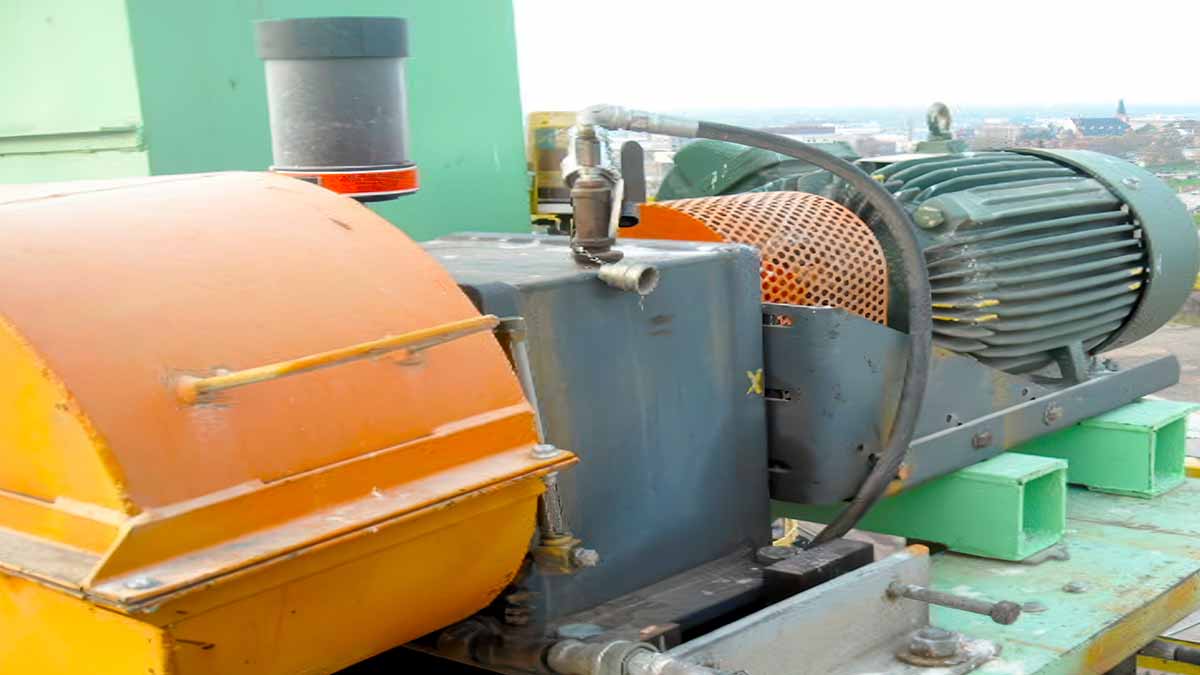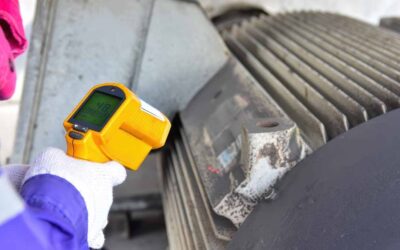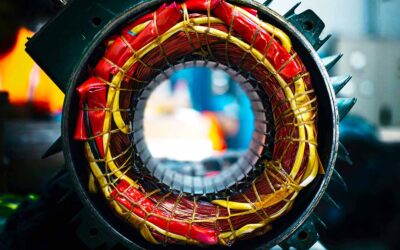The definition of reactive maintenance is to react or repair a system once it has run to failure. This failure can be unexpected due to an undetected issue or a known defect not caught early enough to prevent breakdown. More recently, some systems rely on anomaly detection, monitoring for changes in a measured condition—reacting only when a shift occurs, regardless of the system’s overall health.
The new thing is to run a system until something changes from its existing condition, regardless of what that condition is. This approach often leads to catastrophic failures of components, like bearings, which are shown on social media as ‘fantastic finds.’ But when I see a just-caught condition that severe, my first question is: ‘Where did the program fail?’
Why a Predictive Maintenance Program Should Include More Than Fault Detection
The real purpose of these potent tools is not supposed to just be fault detection, yet that is how most are being pushed or marketed. This is especially the case in continuous applications where you should detect an issue before it is visual or audible, or you can feel it in the floor.
A predictive maintenance program should prevent failures—not just detect them.
The tools, whether vibration analysis, ultrasound, Electrical Signature Analysis (ESA), or Motor Current Signature Analysis (MCSA), are meant to detect conditions that an operator or maintenance person does not detect.
How to Use PdM Data for System Improvements
When we talk about condition-based or predictive maintenance, we are not supposed to fault-find or, worse, do continuous monitoring; we should use that data for system analysis and improvements. When used right, when a condition does arise, you should be able to mitigate it before it degrades significantly. In the best applications, you are looking for data that can be used to improve the system condition for effectiveness and efficiency.
The technologies and inspections should also be used to confirm repairs or maintenance. For instance, after a belt replacement, an electrical or current signature analyzer is used to verify that everything is set right and if there are any conditions that can be mitigated either before or right after being turned over to operations.
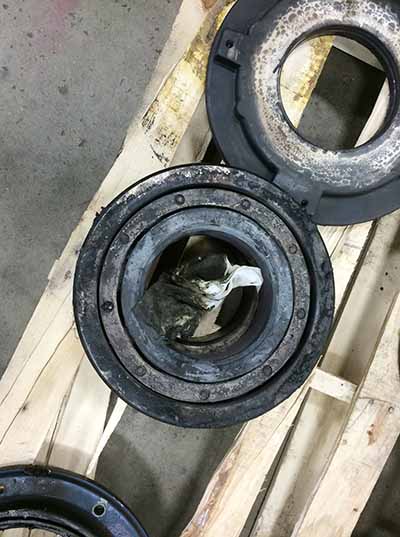
Figure 1: Motor bearing initially detected in continuous monitoring (ODE).
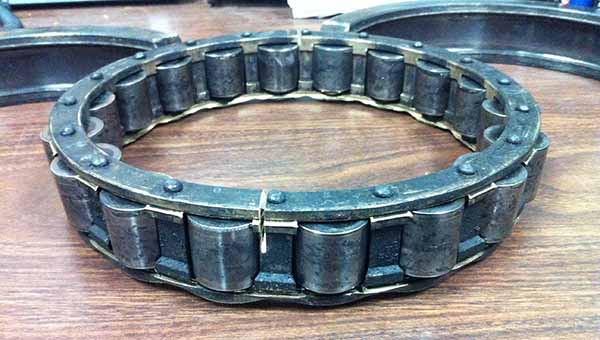
Figure 2: DE roller bearing for the same motor as Figure 1.
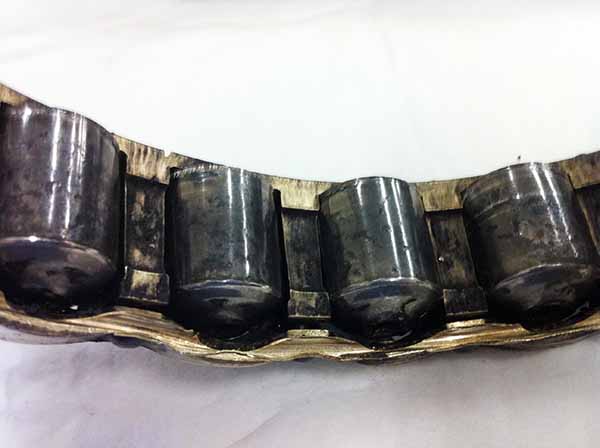
Figure 3: DE roller bearing from Figure 1 different view.
Lessons from Real-World Predictive Maintenance Failures
I often found it interesting when running motor repair shops as we received machines from continuous monitoring programs. The detection was often when the components, such as bearings, were well into failure. Can these programs identify defects sooner? Yes. In fact, most continuous and periodic testing methodologies can be used to identify and mitigate the conditions leading up to these conditions.
Predictive maintenance isn’t about reacting to problems—it’s about eliminating them.
Alternately, a functioning Predictive Maintenance (PdM) or Condition-Based Maintenance (CBM) program data should be used by reliability engineers and others in the improvement of systems for increased throughput and reduced overall costs.
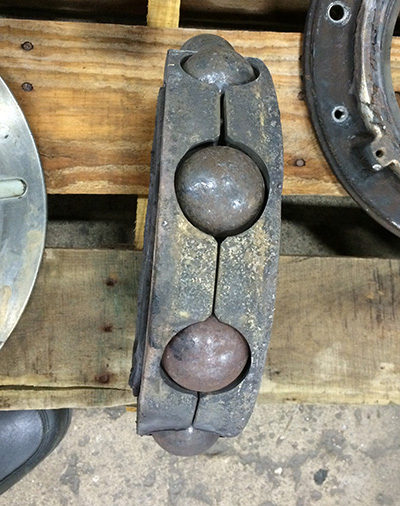
Figure 4: Periodic vibration program miss due to location of sensor placement.
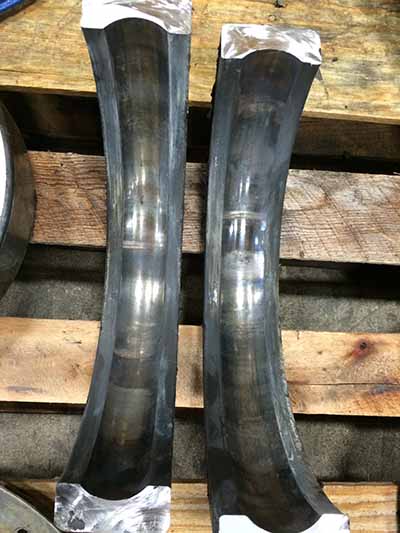
Figure 5: Installation defect found during a commissioning check.
In Figure 4, a monthly periodic program testing used inexperienced personnel to test and watch for alarms using vibration technology. The condition was audible during a repair shop walk-through, during which the discussion resulted in the machine being sent in for repair.
Figure 5 involved the motor repair shop following the installation of a repaired motor that had defects and performing confirmation testing. In this case, the repair shop rewound the stator, and a separate contractor did the field repair and bearing replacement. Due to proper vibration and ESA testing, it was discovered that several other mechanical defects, in addition to the bearing defect, had occurred.
The result was a training class for the separate contractors to improve their field capability and discuss the problems associated with the lowest bid and splitting up repairs with the equipment owner.
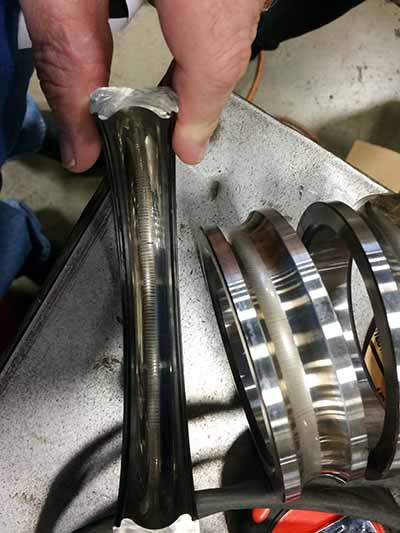
Figure 6: Bearing fluting and thrust issue.
Figure 6 is one of those conditions where the detection of a fault using standard means should be used to modify the equipment to reduce the risk of failure once a repair is complete. However, it also identifies that other machines should be inspected using shaft current tools and possible modifications with various solutions that reduce or eliminate this problem on different machines.
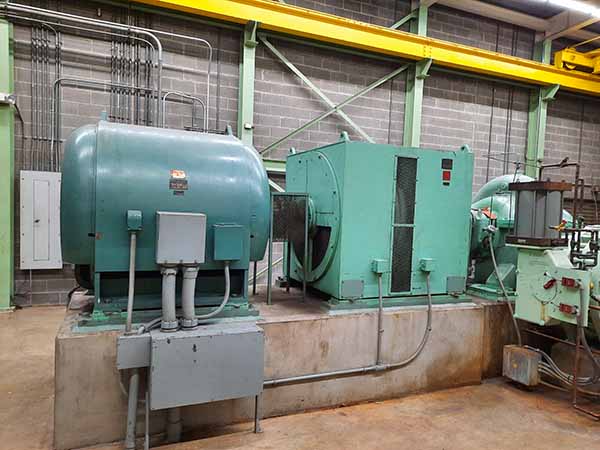
Figure 7: Periodic testing program discovered that periodic alignments were incorrectly performed.
Figure 7 is an older medium-voltage critical motor that uses a magnetic coupling for variable speed to a pump. Issues with the periodic alignment checks and modifications of this system were discovered through periodic checks with electrical signature analysis. Corrections to those programs mitigated frequent clutch bearing failures.
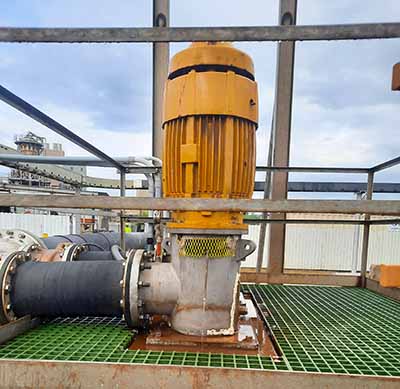
Figure 8: Vertical motors with frequent defects solutions found with Motion Amplification®.
In conditions such as Figure 8, PdM technology data, which, in this case, was Motion Amplification combined with electrical signature analysis and vibration analysis. The combined program identified structural and piping improvements that eliminated the failures.
The call’s original purpose was troubleshooting equipment conditions versus finding a solution. The reason, we’ve found, is that marketing and sales focus too much on fault detection instead of solutions-oriented approaches.
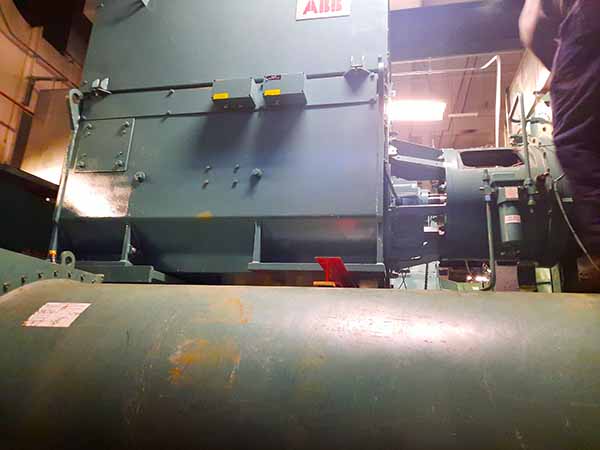
Figure 9: Alignment and component failure issues identified in the continuous monitoring program.
Figure 9 is a large chiller motor in which the small red I-beam at the front of the motor is temporarily in place by the company performing the alignment. A review of historical data identified that this problem existed in this chiller equipment and other chiller equipment.
Using the predictive maintenance data, the team determined that the lack of support under the drive end of the machine was the primary cause and that it was part of the original design. When included in the Root Cause Failure Analysis, the continuous vibration data coupled with the ESA data and Motion Amplification data were provided before and after confirmation of mitigation steps.
Moving Beyond Detection: A Proactive Approach to Reliability
All predictive and condition-based technologies have potentially powerful roles in improving overall reliability, energy, and emissions for companies. When used only for anomaly and defect detection, the result is just a check engine light for reactive maintenance—solely the detection of defects.
If your PdM program only finds failures, it’s just another reactive maintenance tool.
However, reliability engineering is not just about fault finding, although that is part of the function. A reliability engineer is a professional responsible for ensuring the dependability, performance, and longevity of physical assets, equipment, and processes.
The objectives include minimizing failure, optimizing maintenance strategies, and enhancing system availability through data-driven methodologies and engineering best practices. The proper use of data from predictive and condition-based programs has a direct role in helping reliability engineers and related professionals accomplish these objectives.
One of the programs we are involved in with the wind industry is an example of applying CBM/PdM technologies properly. Electrical and current signature data and other data have been used to evaluate overall site maintenance effectiveness, industry issues, and solutions across all platforms.
Such information and the sharing of the results have had industry-altering reliability improvements. In smaller applications, looking at the overall data can yield similar results.

